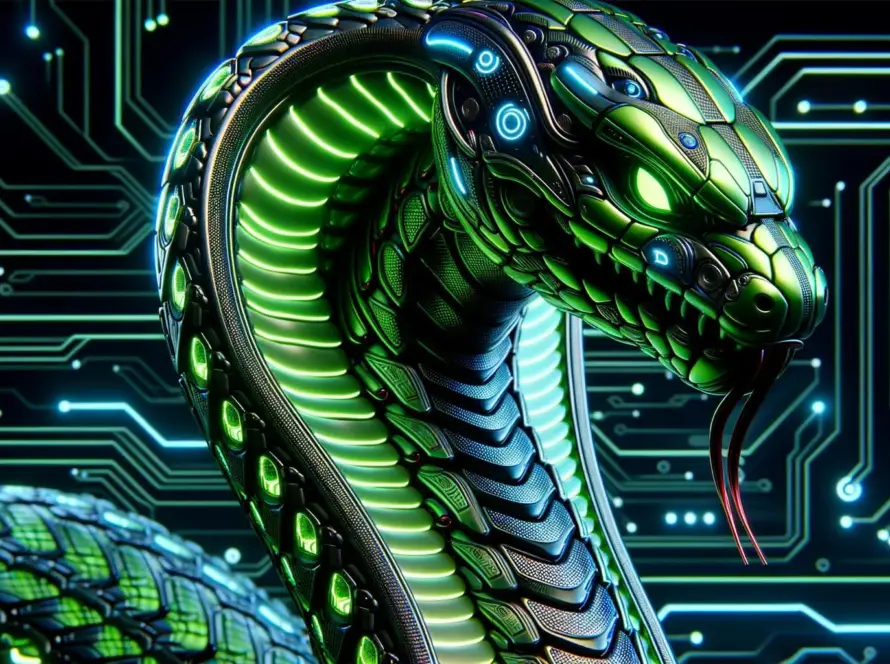Generated by Contentify AI

In the exciting world of robotics, Python stands out as a versatile and powerful programming language that has gained significant popularity among roboticists. With its simple and readable syntax, Python provides a user-friendly environment for both beginners and experienced programmers to work with robotic systems effectively. By leveraging Python for robotics development, enthusiasts and professionals can streamline complex tasks, control hardware components, and implement sophisticated algorithms with ease.
One of the key advantages of using Python in robotics is its extensive collection of libraries and frameworks tailored for robotics applications. From basic motor control to advanced computer vision and machine learning algorithms, Python offers a wide range of tools and resources that simplify the development process for robotics projects. Whether you are designing autonomous drones, exploring underwater environments with remotely operated vehicles, or creating interactive robotic art installations, Python equips you with the necessary capabilities to bring your ideas to life.
Furthermore, Python’s compatibility with various hardware platforms, such as Arduino, Raspberry Pi, and microcontrollers, enables seamless integration of software and hardware components in robotic systems. This flexibility allows developers to prototype and deploy robotic solutions efficiently, while also promoting innovation and experimentation in the field of robotics. As the demand for smart and autonomous machines continues to grow, mastering Python for robotics holds tremendous potential for individuals looking to break into this dynamic and rapidly expanding industry.
In conclusion, Python serves as a versatile and robust programming language for empowering robotics enthusiasts and professionals to unlock the full potential of robotic systems. By combining the elegance of Python’s syntax with the rich ecosystem of libraries and tools available, developers can create innovative and intelligent robots that push the boundaries of what is possible. Whether you are a student, hobbyist, or seasoned roboticist, embracing Python for robotics programming opens up a world of opportunities to explore, experiment, and revolutionize the future of robotics.



